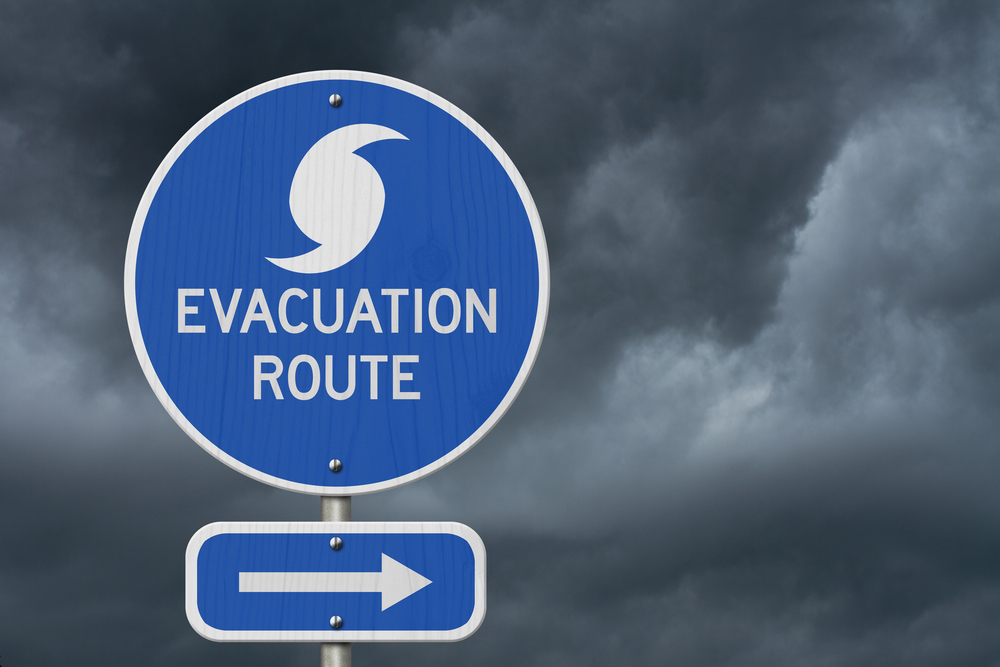The National Oceanic and Atmospheric Administration is warning Americans to brace for another active hurricane season along the Atlantic coast.
In NOAA’s outlook for the hurricane season, forecasters predict above-average activity with 13 to 20 named storms, including seven to 11 hurricanes.
With the devastation of October 2012’s Superstorm Sandy fresh in our minds and another active season predicted, now is the time to ensure your business, employees and clients are prepared and ready ahead of time.
So what can your agency do to prepare? What are the lessons learned from Sandy?
Agility Recovery, the Big “I”-endorsed provider of disaster recovery solutions, has highlighted the top lessons learned to help your agency become more resilient:
Preparing Your Employees
Though many organizations were unharmed during Sandy, their employees could not, or would not, return to work for various reasons. Below are some suggestions on how to better prepare your workforce for disaster, so they can return to work in a timely manner.
- Cross-train employees. Regardless of a disaster’s impact on your business, if an employee’s family is displaced or affected by a crisis, they will respond to their family first and their employer second. Be sure you can continue operations if key personnel are unavailable due to family emergencies.
- If a work-from-home scenario is part of your plan, you must plan for the risks of power loss, communication interruptions, inconsistent Internet access and the inevitable distractions encountered when staff members are working in a home environment.
- If employees must be in the office, how will they travel to work when public transportation and fuel is cut off or in limited supply? Consider establishing carpool protocols or hiring a transportation service. For future events, consider storing fuel on-site for distribution to key personnel. Be sure to follow official guidelines for fuel storage and distribution.
Communications
In every crisis, from large to small, communications is the key to recovering quickly. When developing your plan, it should be a top priority. Here are some lessons learned that may allow you to better develop your crisis communications plan.
- Having a single carrier for phone, Internet and mobile access is a major point of failure. Diversify your communications providers to provide an extra layer of resilience.
- Mobile phone service is a notorious bottleneck during a regional crisis. During Sandy, smart phone power and network access were either limited, or simply not available. Be sure you have a solar-powered or hand-crank charger for mobile devices.
- When bandwidth is limited, text messaging may be your only means of communication. Know how to send texts to employees, staff, vendors and clients. Consider implementing a system for sending mass-texts or email-to-text messages.
- Think about the different audiences that must be communicated with immediately following a disaster: family, employees, partners, investors, vendors and clients. What is the message to each audience? If you communicate effectively, most people will be able to accommodate short-term disruptions, and will remain loyal customers. However, if you don’t communicate at all, they will simply find the next provider.
Planning
It seems like sometimes the smallest detail can have the greatest effect on your ability to recover during a crisis. Here are a few tips:
- Know your local emergency management, political leadership and law enforcement. Knowing these leaders can make or break your recovery when it comes to outside assistance making it into a restricted area, or finding out key information that can aid in your recovery.
- Knowing your electrical demand ahead of time is critical. It can save time and potentially thousands of dollars when making decisions in the midst of crisis.
- If your generator is elevated to avoid flooding, make sure the fuel supply is elevated as well. Fuel sources and pumps to deliver fuel to a generator that are below or at ground level can be compromised by floodwaters. Additionally, any generators elevated above ground will be difficult to refuel. During Sandy, some hospitals were forced to hand-carry containers of diesel fuel up dozens of flights of stairs to refuel generators on rooftops.
- Have more than one fuel vendor available. Perhaps no other frustration attracted more media attention than the lack of fuel, for both backup generators and vehicle use. Supply lines can be interrupted hundreds of miles away affecting supply and local rationing can be imposed at any time. Be sure to have multiple vendors in the event a primary vendor’s operations are interrupted.
Bob Boyd is president and CEO of Agility Recovery. 









